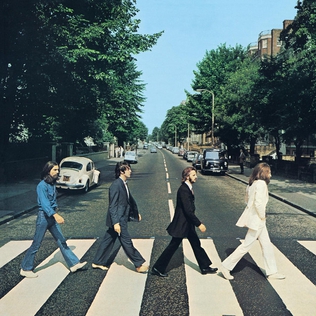This article was written by Matt Schexnayder from SelfStorage.com.
Austin is known as the “live music capital of the world”, and for good reason. Home to the ACL music festival, SXSW, tons of music venues, and of course Austin City Limits, the longest-running music program in television history, Austin knows a thing or two about music. In addition to that, they having amazing food (especially BBQ), they are one of the fastest growing cities in the nation, and more recently they are becoming a hotbed of entrepreneurship.
Seattle, on the other hand, has just as much going for it. While some of us may just think of rain and coffee, residents know there is much more to Seattle than that. In addition to being the birthplace of Starbucks and Seattle’s Best Coffee, the city is also a thriving cultural center that boasts one of the most literate populations in the country. And thanks to the Space Needle, the city has one of the most recognizable skylines in the world.
These two cities have been compared to each other before, and in more ways than one. Besides the loveable population, distinct culture and the general desire for people to relocate there, they are also two of the most bike/pedestrian active cities in the nation. In this article, we will take a look at some of the ways they are similar, and what each city has done to improve its pedestrian safety.
Walking is the oldest and most affordable, efficient, and environmentally-friendly form of transportation known to man. Currently, both cities are seeking to improve pedestrian safety and encouraging more walking by creating an environment where pedestrians can walk safely and comfortably.
Unfortunately, so far this year there have been a higher number of pedestrian deaths in each city. Back in April, three pedestrians were hit and killed in a single weekend in Seattle; that is definitely a cause for concern. And in Austin, during the first 10 weeks of the year, there had already been three fatal pedestrian accidents and one serious injury. Add another week to that and there were four more!
This sort of thing cannot continue to happen. Thankfully, both cities police departments and city officials are doing everything they can to make sure this number doesn’t continue to climb year-over-year. Some of the measures being taken include increasing funding for pedestrian improvements, recommending new and revising old policies, and to some extreme going undercover as pedestrians and giving tickets to those that don’t yield.
With these steps in place, hopefully this will lead to less pedestrian related incidents and more safety and comfort for those walking around in these cities. Seattle once ranked in the top three safest cities for walkers. So with the right push, ideally we could see both Seattle and Austin in the number one and two spots in the country.
This article was written by Matt Schexnayder. Matt is on the SelfStorage.com marketing team and writes for the Storage Facilitator blog. Need to find self-storage in Seattle? Use SelfStorage.com to search thousands of facilities for free and reserve the best unit to fit your needs.











